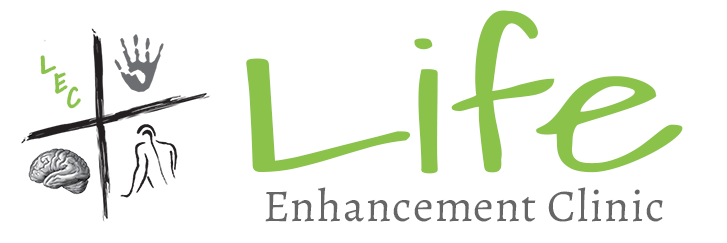We just got our garden planted. My wife uses the garden for multiple reasons: a stress reliever, an opportunity to teach our children about real food, and a source for homemade salsa! So many people enjoy gardening as a hobby and source of clean food. Unfortunately, many suffer with lower back pain that can be eliminated by learning what I am sharing with you today.

Does the picture above look like the typical position you are in while gardening? If so, you could be setting yourself up for lower back pain. One of the most common, yet most overlooked, cause of lower back pain is the development of trigger points in the iliopsoas muscle. Trigger points are areas of muscle dysfunction from tight bands of muscle that cannot relax. This lack of relaxation leads to a vicious cycle of abnormal movement, poor oxygen, lack of nutrients and build up of waste products. In a short time trigger points can lead to significant pain. The difficulty in identifying trigger points lies in the fact that they can refer pain to regions that are far from the actual trigger point area itself.
The iliopsoas muscle is a hip flexor muscle. When you sit for long periods of time, stay in a squatting position, or stay kneeling for too long, this muscle shortens. If you move suddenly (even a small amount) this shortened muscle is unable to send proper information to the brain and reflexively goes into a spasm. At the time this may just feel like a quick “catch” that seems to be no big deal. However, a few days or weeks later the start of lower back pain can be felt.
The pain from an iliopsoas trigger point generally refers to the lower back. Many people will try using ice on the lower back, having a massage to the lower back, receive a chiropractic adjustment or use pain relievers…only to find that the lower back pain persists. Without proper assessment (to see if trigger points are present) and proper treatment (trigger point therapy) to the affected muscle, you may continue to suffer with the persistent lower back pain.
Working in the garden in a kneeling position for a long time, leaning over to grab a new tool, and then quickly standing, can all set the stage for you to develop lower back pain. So what can you do to keep gardening without the back pain?
- When planting seeds and pulling weeds you should kneel on all fours. Use a pad beneath your knees and keep from flexing your hips past 90 degrees.
- Take frequent breaks to slowly stand and walk around to loosen up your lower back and hip flexor muscles.
- Maintain proper hydration by drinking plenty of pure, filtered water while working outside.
- When you are done with your gardening activities you should gently stretch your hip flexor muscles. This can be done simply with getting into, and holding, a lunge position .
If you are battling chronic lower back pain from gardening, or any other hobby, then consider an appointment to evaluate whether trigger points are at the root cause of your pain. At the Life Enhancement Clinic, we use a number of specialized tests to identify if your lower back pain could be caused by trigger points in the iliopsoas muscles.
Was this information beneficial to you? Please take a moment to share with your gardening friends!



